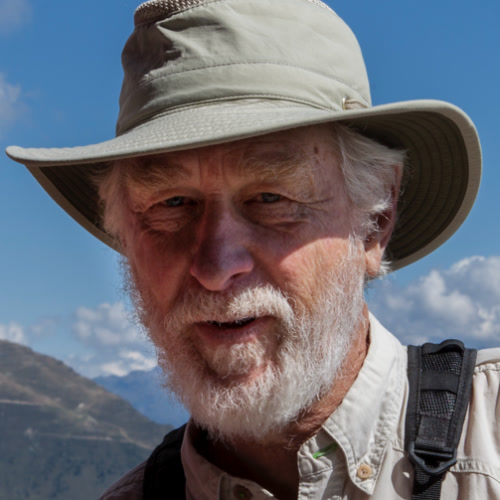
This month the GRC catches up with global Tropical Cyclone (TC) expert Dr Greg Holland. With more than 150 journal articles, thousands of citations and a wind field model that bears his name, Greg’s research career has covered a variety of topics; from studying TC formation, frequency, severity to the impacts of climate change. Greg’s work developing the ‘Holland model’ in 1980 (a wind and pressure model) went on to become instrumental in the (re)insurance industry as it became widely adopted in the development of the first hurricane catastrophe models used for risk management.
You started out with a Maths degree. What made you interested in switching attention to research TCs?
I did start out studying Maths at University and went on to get a First. While doing this I noticed an advert that the BOM (Bureau of Meteorology, Australia) was running a cadetship scheme to fund people through University, as long as you’d go and work for them after you finished. This became a game-changer for me. Overnight I went from being a penniless student to being one of the richest kids on campus and paid to be there! But more importantly, it took me into meteorology.
The real beauty of studying meteorology is that your laboratory is right outside of your window every day. It’s an ever-present opportunity of learning. TCs are one of the most extreme forms of our weather so there was always a natural interest there.
The wind and pressure model (1980) you developed went on to have a profound impact — particularly in the emergence of probabilistic hurricane models. Did you have any idea back then how the research you were doing would be used within the insurance industry?
None at all. It was also a slow burner and didn’t get adopted overnight. After I left forecasting, I was asked to help write a book about forecasting methods for TCs. As part of that research, I’d reviewed a paper by the Army Corps of Engineers on TC observations and modelling. I noticed that the model just didn’t fit the observations — the physics were all wrong! So, I set about fixing it! That’s basically how the Holland model was born.
Why has the ‘Holland model’ become so widely used?
It’s very accessible — something that’s not always the case with scientific methods. The model was so simple to code up, people were really able to understand it and then implement it for their own use.
In terms of the insurance industry, the scale of damage from Hurricane Andrew (1992) was obviously a major factor. I then started to work with some of the modelling companies as they began to develop stochastic event sets of hurricanes.
Interestingly though, I think the biggest impact the model has had is on property building codes. The Holland model began to be adopted into standard practices in building designs as resilience became of critical concern.





